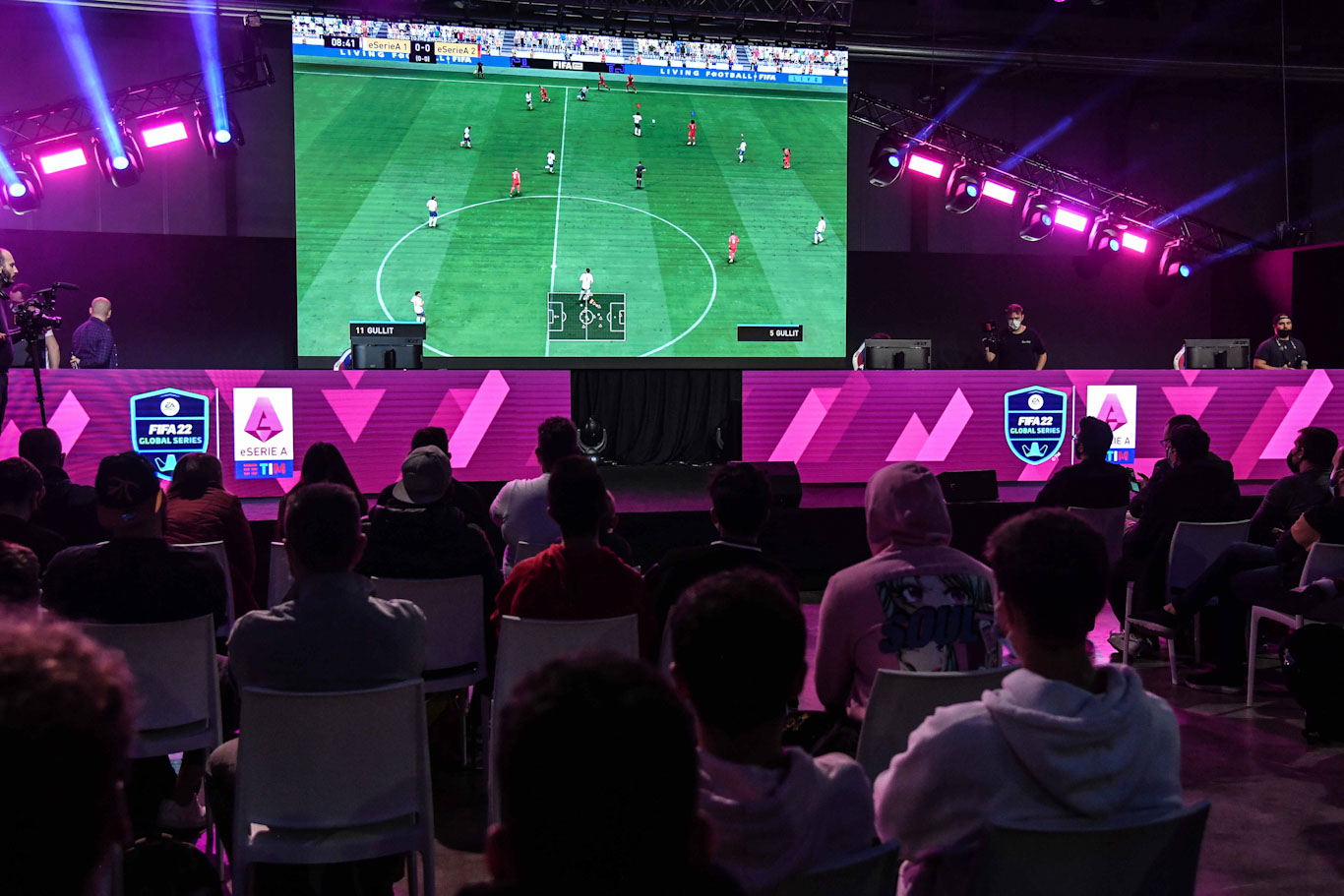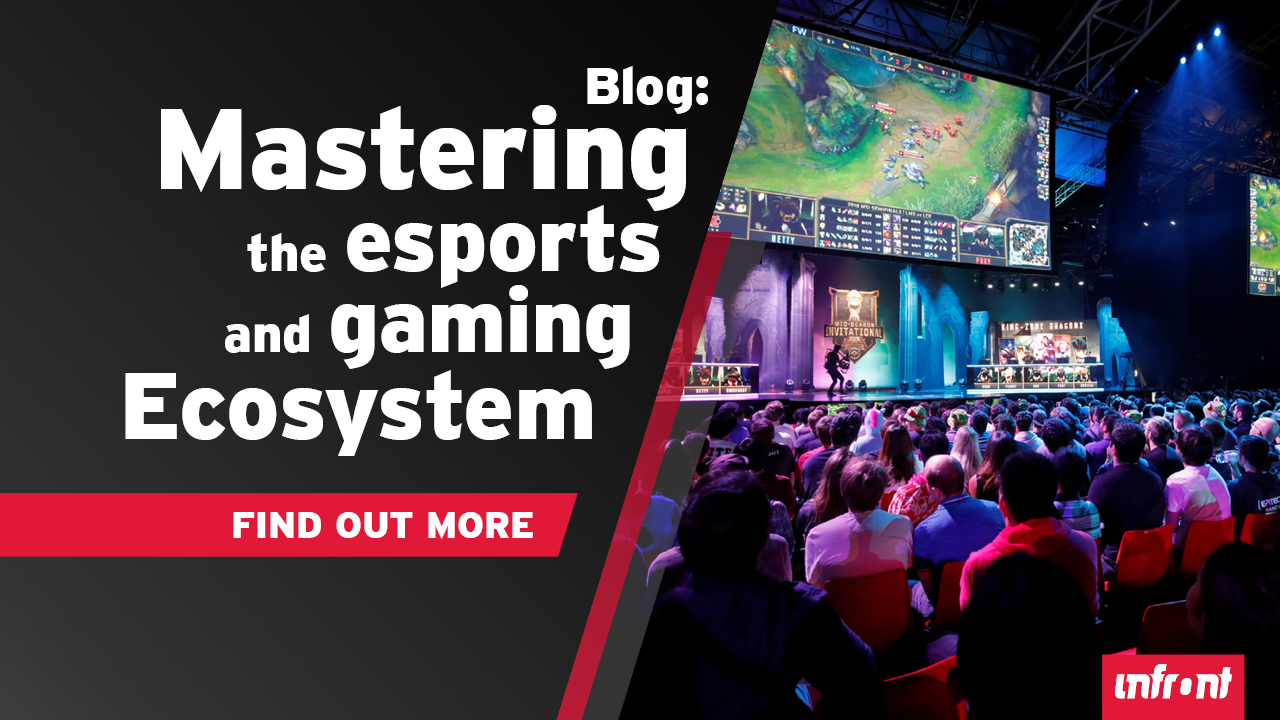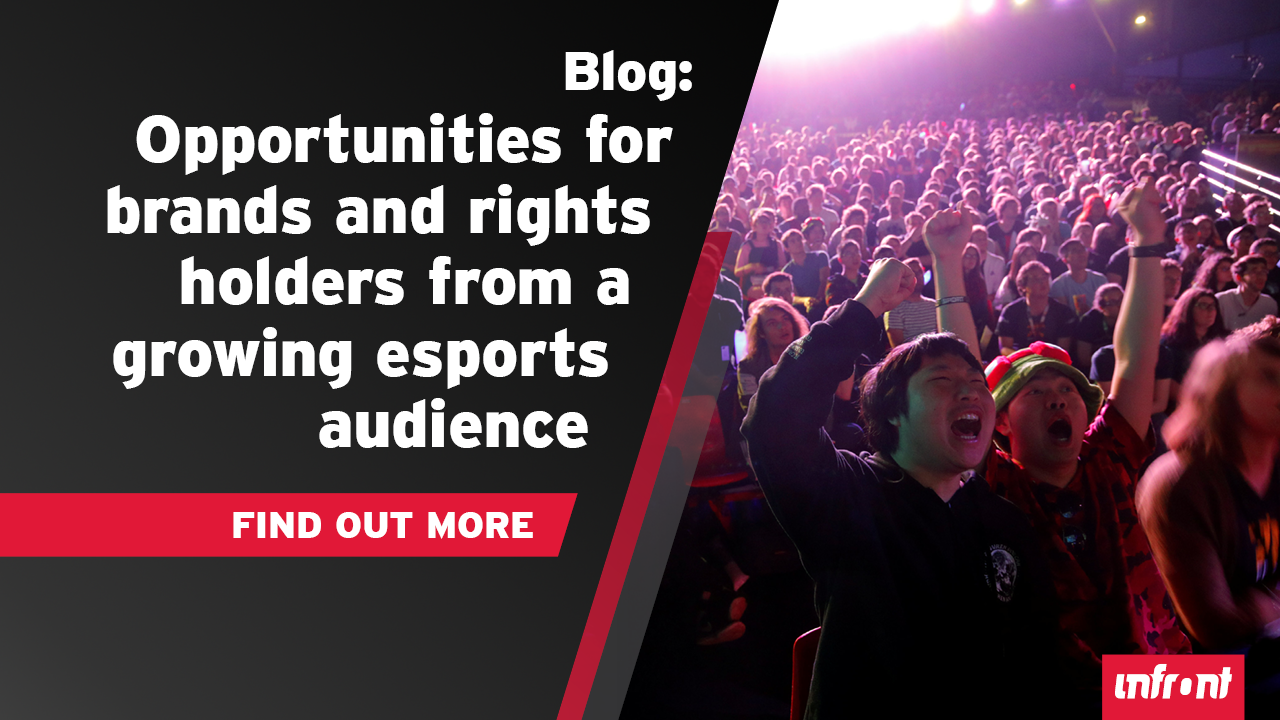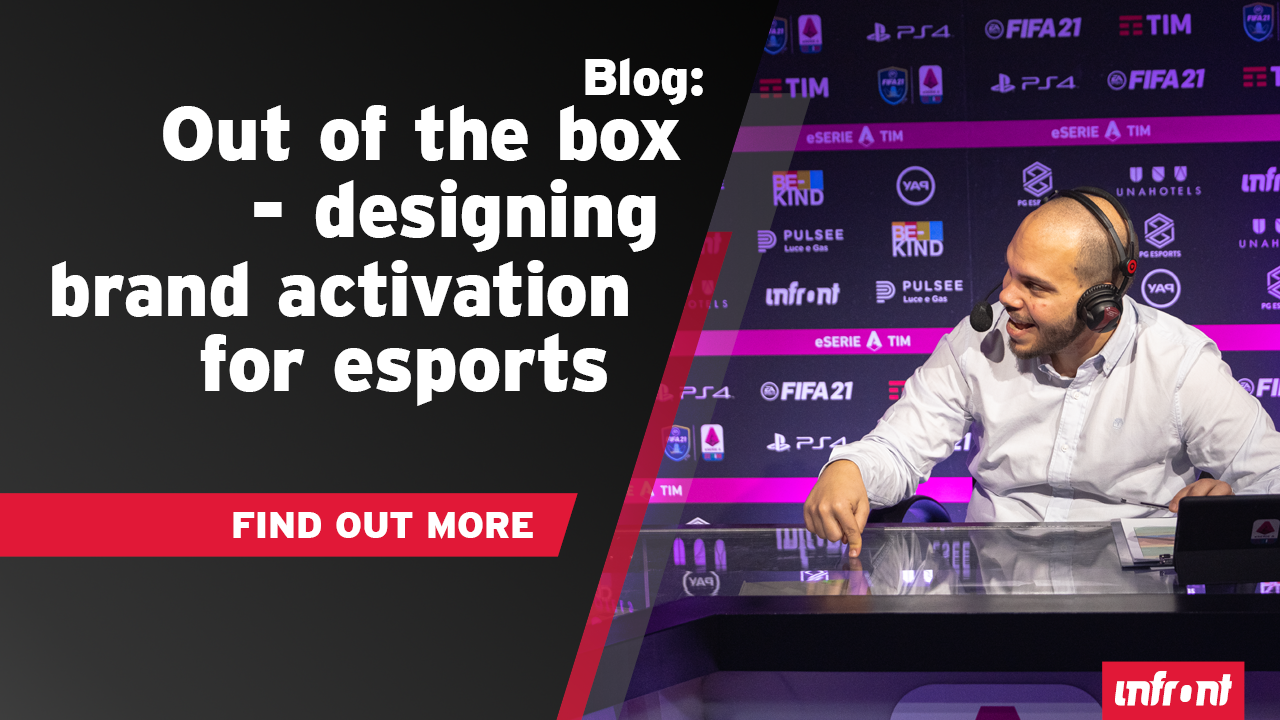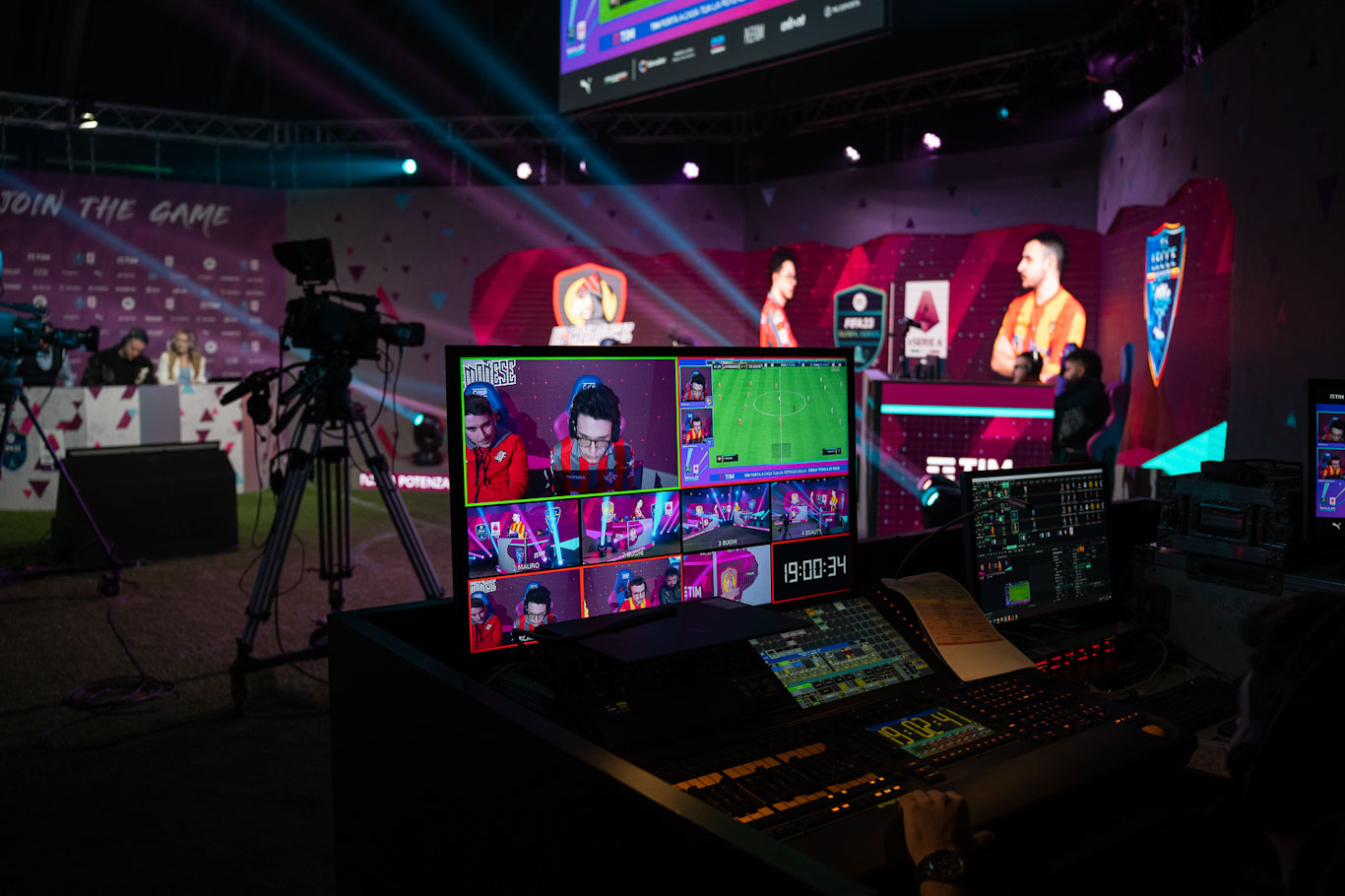How any sports rightsholder can benefit from gaming and esports

The rise of esports in football with the eSerie A TIM
Mastering the esports and gaming ecosystem
Opportunities for brands and rights holders from a growing esports audience
Out of the box - designing brand activation for esports
Bridging the gap between traditional sports and esports to reach a new generation of fans
The entry point to esports is getting lower
The last two years have seen gaming and esports mature, growing from an unknown – albeit significant – entity in the sports industry to a recognised next step in the evolution of fan engagement. Countless blogs, articles, webinars and podcasts have been shared about how gaming and esports can benefit sports rightsholders and the potential impact the space could have on traditional sport and vice-versa.
It is an exciting time, especially when you see the links gaming has with web3 and the metaverse. Rightsholders whose resources are limited may feel any entry into gaming and esports is an unattainable goal at this point and more of a “nice to have.” However, a hesitancy to start making roots and learning about the gaming ecosystem could severely damage any hope of engaging and, as a result, leveraging the commercial potential of the next generation of sports fan.
The comparisons with social media’s rise
Social networks had been around for a while before sport first started to leverage them as effective channels to reach fans. Facebook officially launched in 2004, taking about five or six years to rise to prominence and become an integral part of millennial society. Twitter’s rise to fame was much more rapid, arriving in 2006 before taking SXSW by storm in 2007 and never looking back. So, the fact the NBA, widely regarded as one of the more risk-averse and quick-moving rightsholders when it comes to launching on new platforms, only joined Twitter in 2009 goes to highlight that sport as a whole is not quick in adopting new platforms. That is even more the case when it comes to European-based rightsholders, with many top football leagues not launching a Twitter profile until as late as 2011.
However, launching a channel is one thing, activating it takes a lot of effort and, often, in smaller organisations where the early value of something like social media wasn’t immediately recognised, it was left to younger colleagues. The ones that were trusted helped their organisations get ahead of the curve. The ones where leadership didn’t recognise the true value of what social media could do were left behind and had to play catch-up.
Gaming is in a similar position now to where social media was at the time. There is a history of many sports leaning towards short-term gains and not recognising that investing and slowly building into platforms or channels can be more sustainable and beneficial in the long run. At the moment the feeling might be that gaming and esports doesn’t offer either big enough returns on investment or access to a big enough audience to make the effort worthwhile. However, I imagine if you ask any key decision-maker if they could go back in time and adopt better social media strategies earlier on, most would say yes.
Creating a sustainable esports event
One of the biggest challenges rightsholders have found when it comes to creating an esports event is ensuring they meet the expectations of established esports fans. When eSerie A, the Italian football league’s esport counterpart, launched there was a necessity to use the right “environment, grammar and language” according to Infront’s Andrea Mariani who spoke to SVG about the project.
“The most critical part was how to produce content without any legacy, without an archive. Creating a brand legacy from a blank page was extremely exciting. Another challenge was to gain the credibility from the audience and fans from the start. eSerie A was the new kid on the block so we tried to get this credibility, respecting the audience, and respecting the platforms.”
This helped lead to a more scaled-back approach, with a lean production matching what esports fans were seeing streamed regularly. They also connected the dots between football fans and esports influencers.
“I think the big difference between the other leagues is how eSerie A committed to the concept of ‘from zero to hero.’ Each team had pro players, but they also needed an amateur.”
Infront and Sony PlayStation organised an online tournament where the top 30 amateur players participated in a draft where each Serie A team could pick a player to add to their roster.
“The reason was to allow engagement with the fan base. We must consider that the audience of this industry are also the consumers.”
eSerie A came to the esports game a little later than some of the other European leagues, but its impact due to the model it used – tapping into amateurs and utilising the streamlined production in the group stages of events – is just one example of how rightsholders can adapt to esports.
The 15 participating teams competed in 98 matches delivering approximately 55 broadcast hours. The result was over two million total views with a peak high in excess of 21,000. The live format enjoyed distribution through Serie A’s Twitch and YouTube channels whilst DAZN, TimVision and several other OTTs contributed to the viewership. In addition, there were over 2.2m social media engagements.
As a result it is already one of the strongest and most profitable leagues in Europe. It is also targeting an audience away from non-traditional in-stadium football fans, potentially planting a seed that will lead to esports fans becoming attached to Serie A or a particular club brand further down the line.
COVID-19 driving audiences to esports
The COVID-19 pandemic was famously a driver for gaming and esports, helping it attract audiences that had only previously watched traditional sport and introducing them to a whole new world.
For some rightsholders, it offered a way to ensure they remained relevant as in-venue events were cancelled. That was the reason the International Ice Hockey Federation (IIHF) launched its first Esports Fan Championship in 2020.
“It’s really an activation with the fans because of the pandemic situation,” IIHF General Secretary Horst Lichtner told SportBusiness at the time. “People are at home, and we want them to be engaged with us. This is our only and main objective for this first edition. I would be very happy if our member national associations get feedback from their fans that they say, ‘thank you for hosting this.’ I’m not looking for quantitative figures, I’m not measuring success by that.”
One challenge was ensuring that EA Sports, the game’s original developers, had access to the correct jerseys and likeness of the teams and arenas. This was something Infront helped implement, striking an agreement between the IIHF and EA Sports.
It marked the first example of a country v country esports event, setting itself apart from other sports simulation games where it had predominantly been clubs and franchises.
It will make a return in 2022, increasing in size and scope following some of the feedback from the first edition. There will be more teams, with players competing in an online qualifier to determine 44 national champions (22 on PlayStation and 22 on Xbox) with the playoffs streamed live for fans around the world.
The 2020 edition garnered almost 2 million views and over 5 million subs and that result has made it easier to attract commercial interest for the 2022 event. SKODA and Engelbert Strauss will be the official partners this time around, building on their exposure at the IIHF Ice Hockey World Championship in the online version through broadcast integration, product placement and in-game Integration
The event borne through a pandemic is already planting roots through its own standalone competition, illustrating a transferable model that any rightsholder could adopt if it is brave enough.
What if a sport doesn’t have a game related to its sport?
Both eSerie A and the IIHF were fortunate in having sports simulation games available for them to connect to easily. However, many rightsholders face the challenge of either having a game that few people outside of regular fans of the sport own, or no game at all. How can a rightsholder establish a presence in gaming without its own title?
One way is to leverage games which already have a large following and find ways to hold tournaments within those ecosystems. Whilst this takes a little more effort, creating minigames where fans can compete for rewards such as tickets or merchandise could be a powerful addition to rightsholder's marketing mix. Alternatively, the use of hypercasual games, like the European Handball Federation (EHF) released for its biennial EHF EUROS, tap into mobile gaming, allowing those browsing the app store to have a quick insight into what the sport is about in a more relaxed manner.
Another option is to create partnerships with metaverse games such as Roblox, Decentraland, Sandbox or Fortnite. Sports properties have already started exploring these options, creating stadiums within these spaces or allowing jerseys to be used as skins. Brazilian footballer Neymar went as far as lending his likeness to Fortnite as a playable collectible for fans around the world.
There are plenty of entry points when it comes to esports and the options to ignore the market are becoming less and less tangible for rightsholders.


